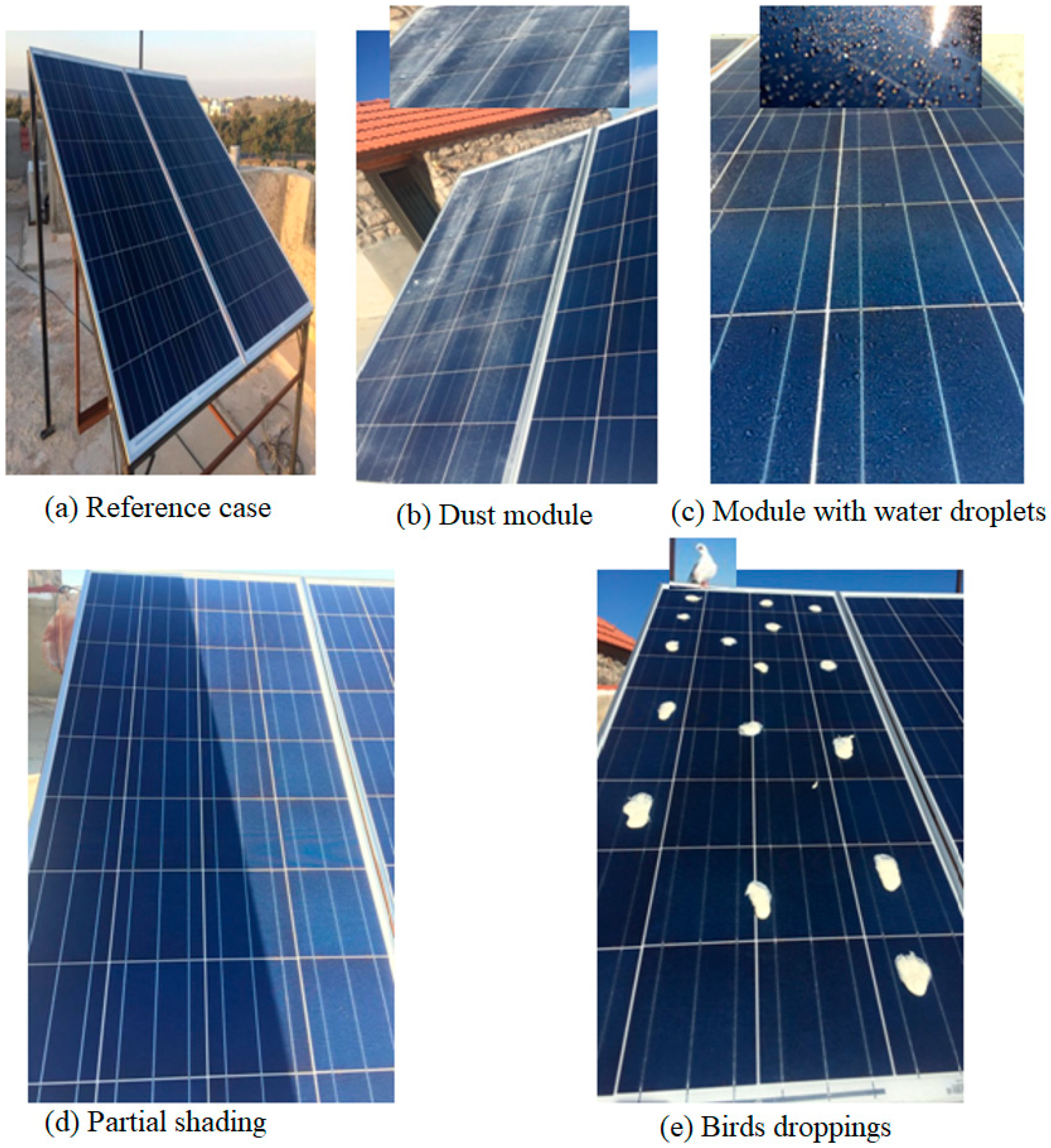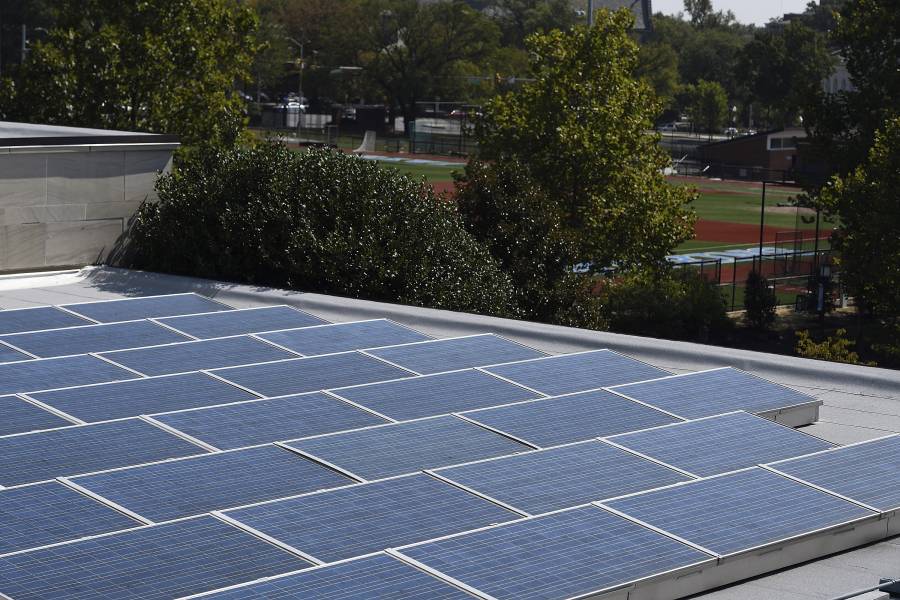This is primarily to ensure adequate life cycle management and compliance with standards but is also necessary for panel waste management and eligibility to participate in calls for tenders.
Environmental wellness and solar panel.
The environmental impact of solar panels.
Additionally to produce solar panels manufacturers need to handle toxic chemicals.
However solar panels are not emitting toxins into the atmosphere as they re generating electricity.
Without efficiency and reasonable limits to energy use solar and wind power only benefit the environment so much.
Solar panels have a very limited impact on the environment.
While solar panels are considered a form of clean renewable energy the manufacturing process does produce greenhouse gas emissions.
But this can only be realized if the solar panels and other vital components are produced sustainably.
Solar energy is terrible for the environment in a number of ways including the fact that large land areas must be devoted to it.
The last few years have seen growing concern over what happens to solar panels at the end of.
They also contain lead cadmium and other toxic even carcinogenic chemicals that cannot be removed without breaking apart the entire panel.
Environmental scientists and solar industry leaders are raising the red flag about used solar panels which contain toxic heavy metals and are considered hazardous waste.
The potential environmental impacts associated with solar power land use and habitat loss water use and the use of hazardous materials in manufacturing can vary greatly depending on the technology which includes two broad categories.
Photovoltaic pv solar cells or concentrating solar thermal plants csp.
Solar panels generate 300 times more toxic waste per unit of energy than nuclear power plants.
Workers install solar panels in california.
With recycling expensive.
Although solar energy is a clean alternative to fossil fuels making the panels themselves can have a negative environmental impact.
The sun provides a tremendous resource for generating clean and sustainable electricity without toxic pollution or global warming emissions.
At forbes michael shellenberger highlights another problem with solar energy.
Solar panels can take up large chunks of desert previously used by a host of wildlife from pronghorns and tortoises to coyotes and rattlesnakes.
Nowadays measuring the environmental impact of photovoltaic or thermal solar panels is mandatory.
It produces vast quantities of hazardous waste which are not being adequately dealt with.
Worse rainwater can wash many of these toxics out of the fragments of solar modules over time.










